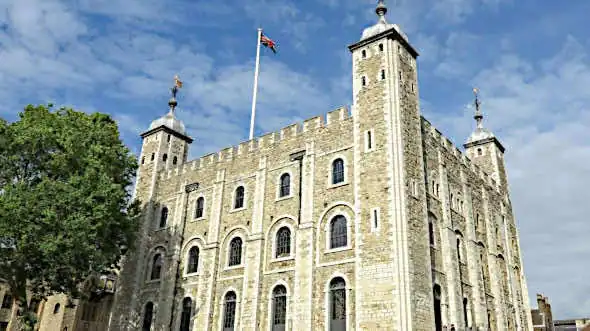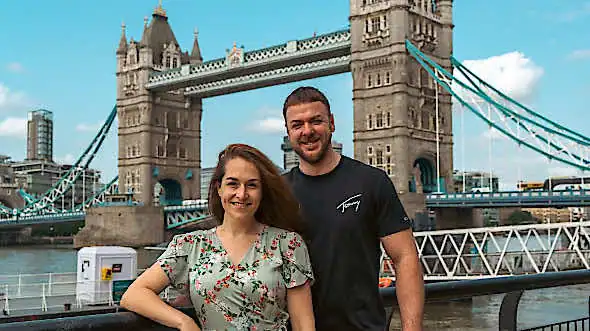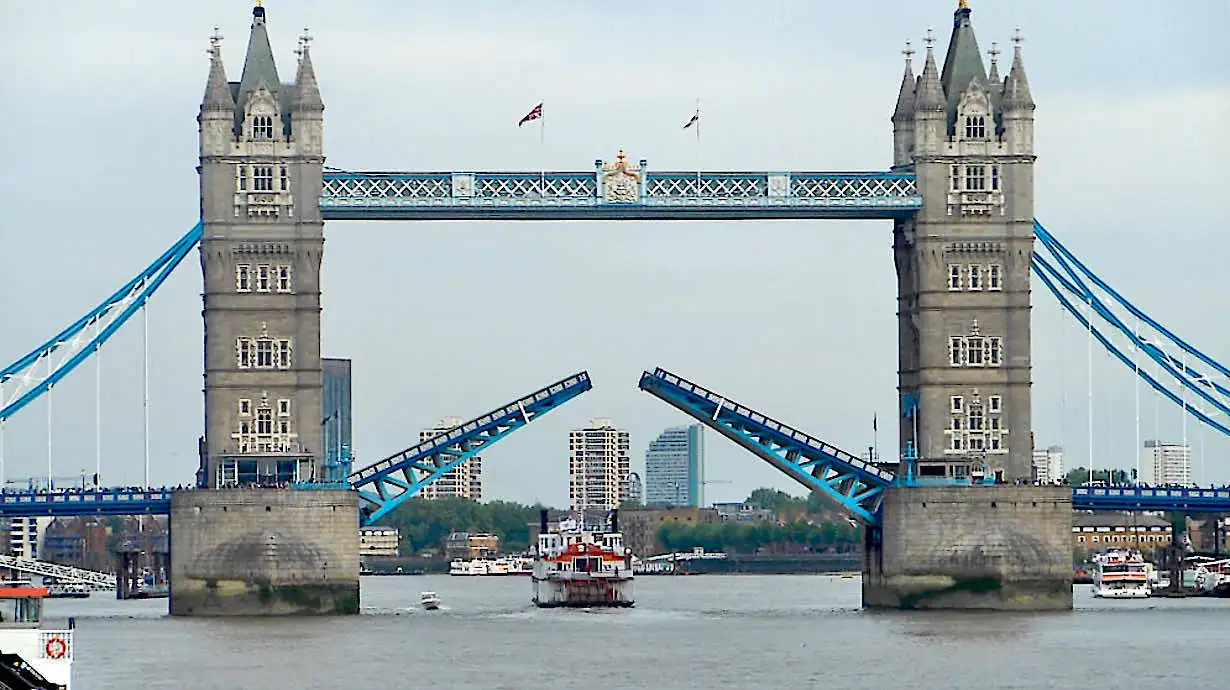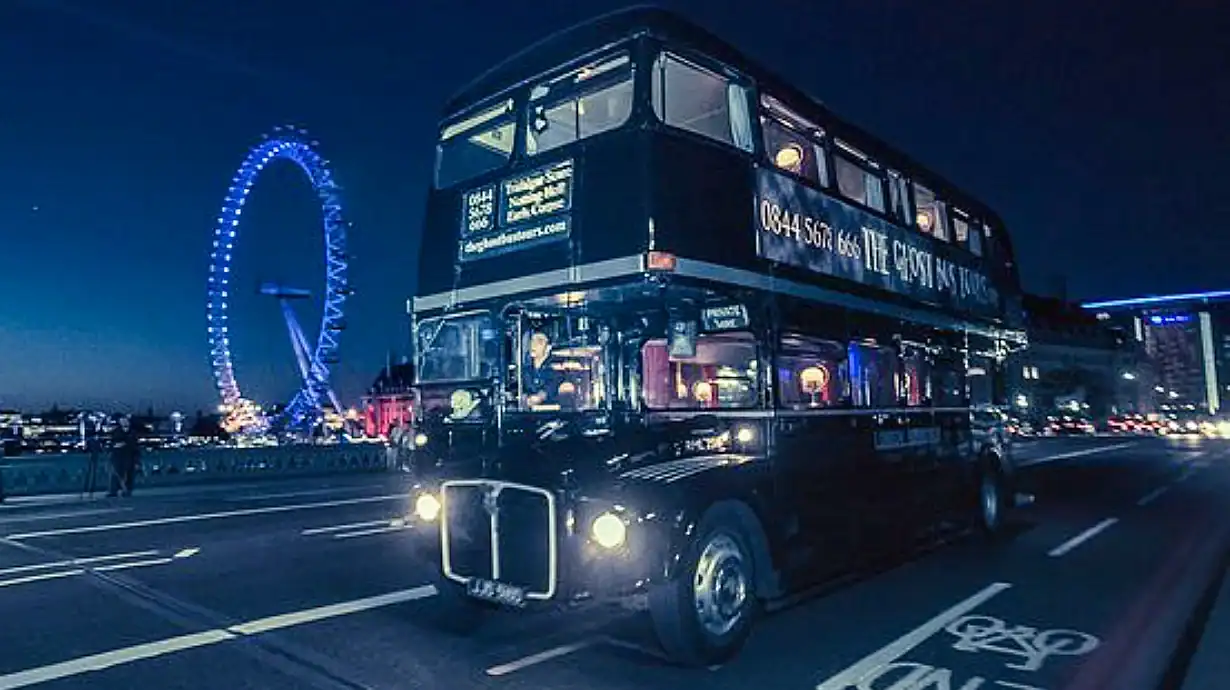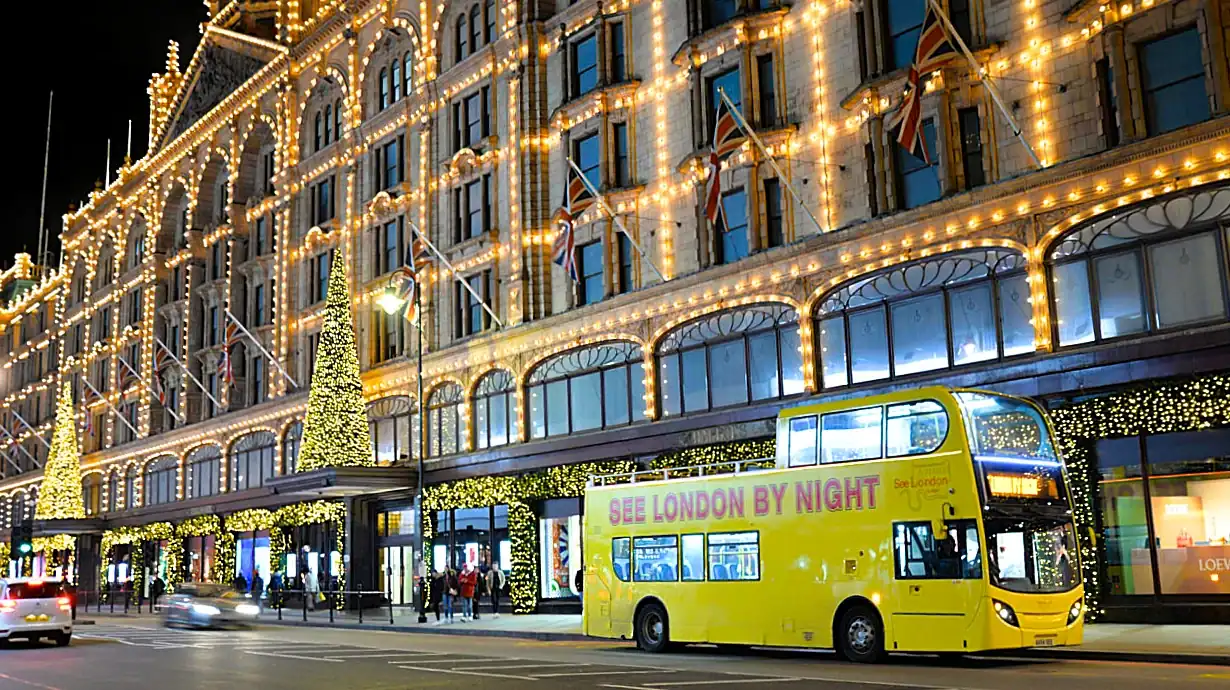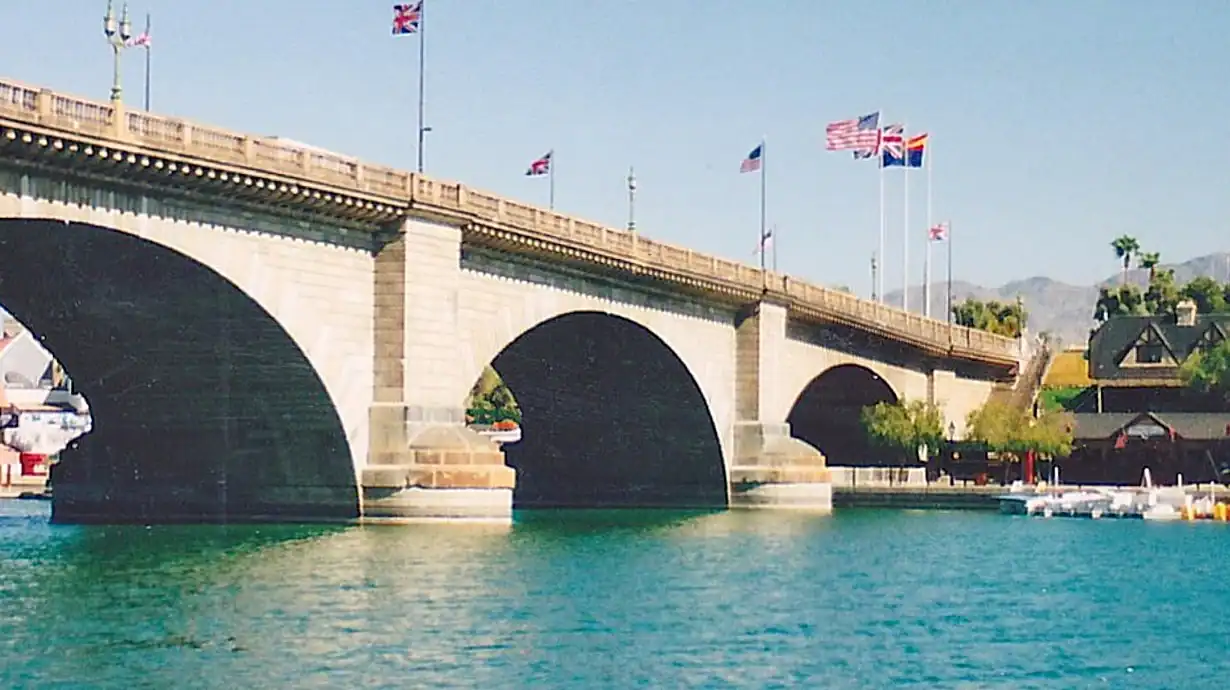
The Arizona desert is an unlikely location to find London Bridge, so how did it get there? And is it really true that an American businessman was duped into thinking he was buying Tower Bridge instead?
Why was London Bridge dismantled?
There have been several different London Bridges over the centuries but the one we're interested in was not the original Roman bridge, or the famous bridge from medieval times, but John Rennie's rather dull replacement from the 1830s.
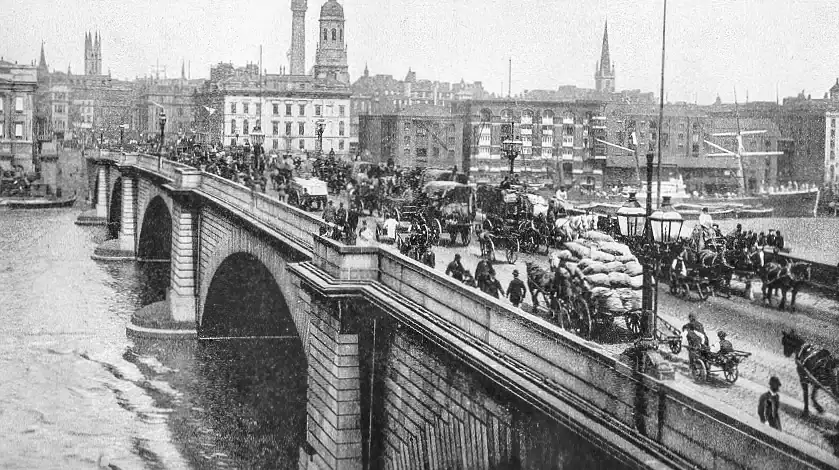 Photo: Wikimedia Commons
Photo: Wikimedia CommonsBack in those days the heaviest traffic that the bridge had to handle was a horse and cart, but by the 1960s it had started sinking into the river bed at the rate of one inch every eight years under the weight of modern vehicles.
Rather than knocking the whole the thing down and starting again from scratch, the authorities decided to auction it off and use the money to build a car-friendly replacement.
"They all thought I was completely crazy when I suggested we should sell London Bridge," said Ivan Luckin of the City's Common Council, but it quickly piqued the interest of American oil tycoon Robert P McCulloch.
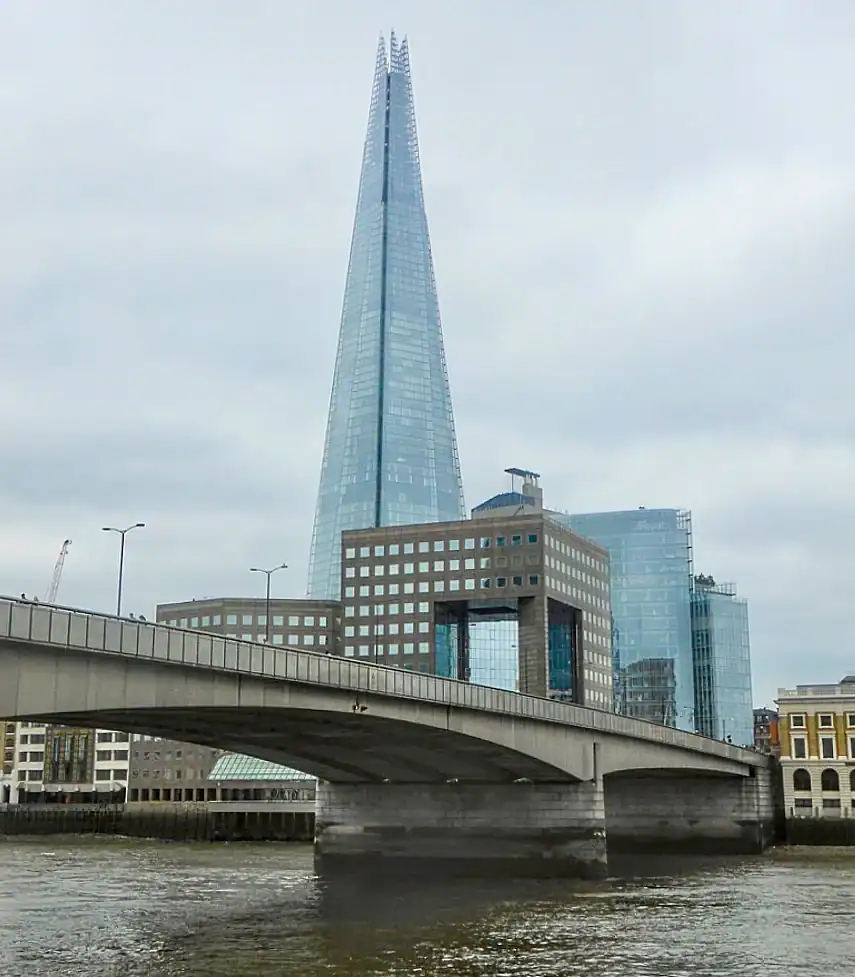 Photo: londondrum.com
Photo: londondrum.comAmerican businessman Robert P McCulloch
Before he bought London Bridge Robert McCulloch was best-known as an engineer who dabbled in everything from race car engines to chainsaws. By the 1950s he had expanded into oil and gas exploration and began searching around for a test site in Arizona. This led to him buying 3,353 acres of an old Army Air Corps base, followed by a 26-square-mile parcel of land in the desert.
Lake Havasu City in Arizona
By the early 1960s he had decided to develop this land into a brand-new community, but quickly discovered that it was situated too far away from the main centres of population and nobody wanted to commute in such a hot and arid climate.
He tried to encourage some growth in the town by opening up one of his chainsaw manufactoring plants there, followed by three more factories employing over 400 people, but property sales remained stubbornly low.
The decision to buy London Bridge
That's when his real estate agent friend, Robert Plumer, discovered that London Bridge had been put up for sale and wondered whether McCulloch could transport it across the Atlantic brick-by-brick, turning it into a tourist attraction and boosting interest in his new town.
McCulloch initially dismissed the scheme as "the craziest idea I have ever heard," but after giving it some more thought he decided to negotiate a sales price with the City of London authorities.
"We poured an awful lot of scotch trying to loosen them up enough to give us some idea of how much they wanted," he said, and they eventually settled on a figure of £1.02 million ($2.46 million dollars) after McCulloch discovered that it would cost them at least half of that if they were forced to scrap it.
Transporting London Bridge to America
In order to keep the building costs down it was only the exterior facing stones that were transported over from London, whilst the inner core was built from reinforced concrete.
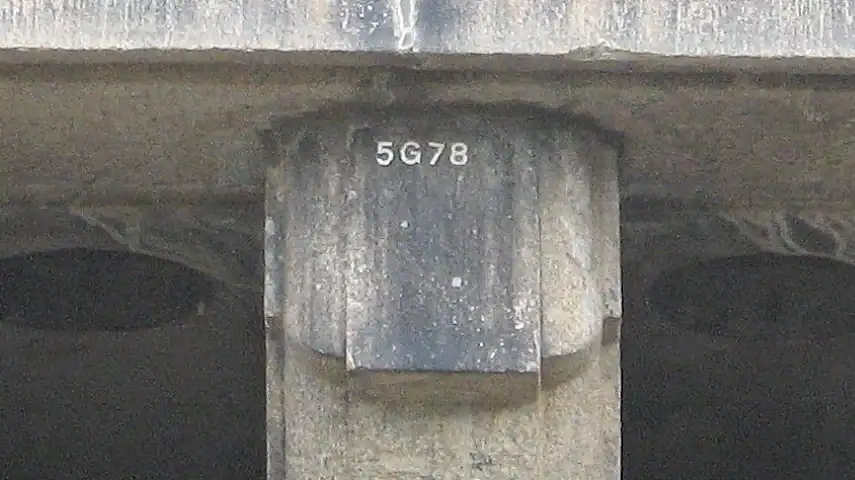 Photo: Skarg/Wikimedia Commons
Photo: Skarg/Wikimedia CommonsThe granite blocks were cut and numbered into 10,276 separate pieces and then whittled down another 6-8 inches at the Merrivale quarry in Devon. They were then shipped through the Panama Canal and unloaded at Long Beach, California, before being trucked another 300 miles to Lake Havasu City.
Construction of the bridge in Arizona
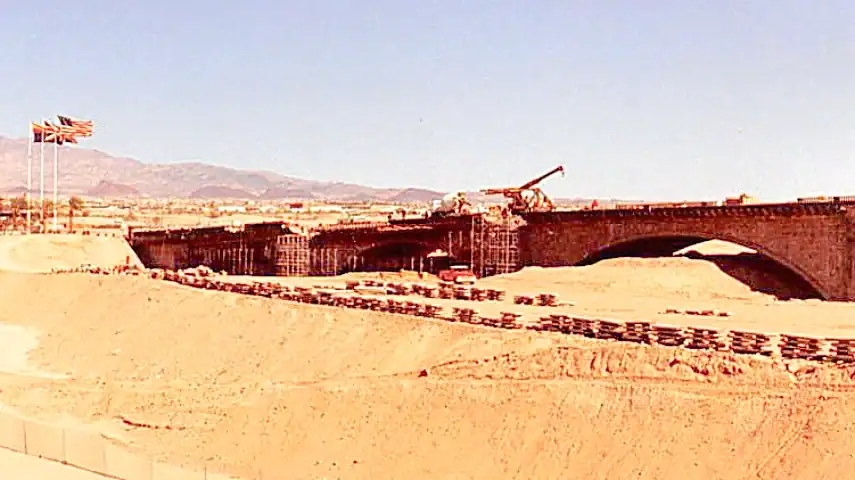 Photo: ProveIt/Wikimedia Commons
Photo: ProveIt/Wikimedia CommonsIt was decided that the bridge would go from one side of the fledgling city to the Pittsburgh Point peninsula. Once the bridge was completed a new canal was dredged underneath it which turned Pittsburgh Point into an island.
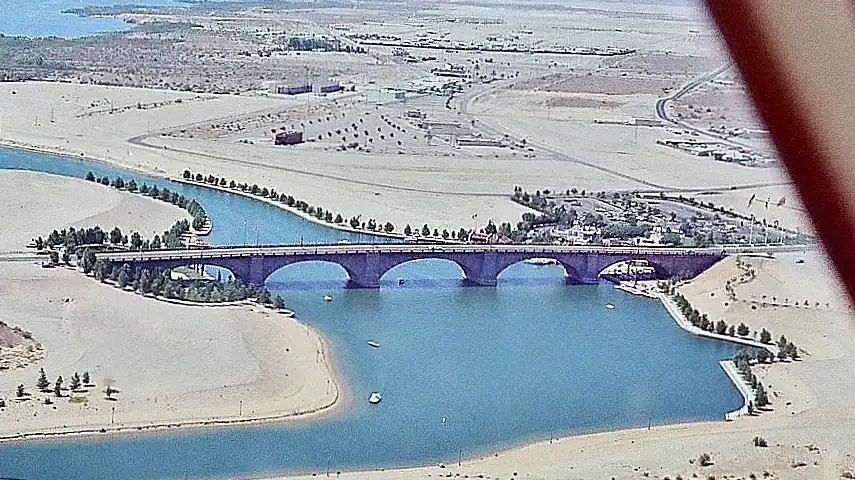 Photo: Uli Elch/Wikimedia Commons
Photo: Uli Elch/Wikimedia CommonsConstruction began on the 23rd September 1968 and the foundation stone was laid by the current Lord Mayor of London, Sir Gilbert Inglefield.
The work was completed just three years later and re-opened on the 10th October 1971 during a float-filled parade of marching bands, fireworks, skydivers and hot air balloons.
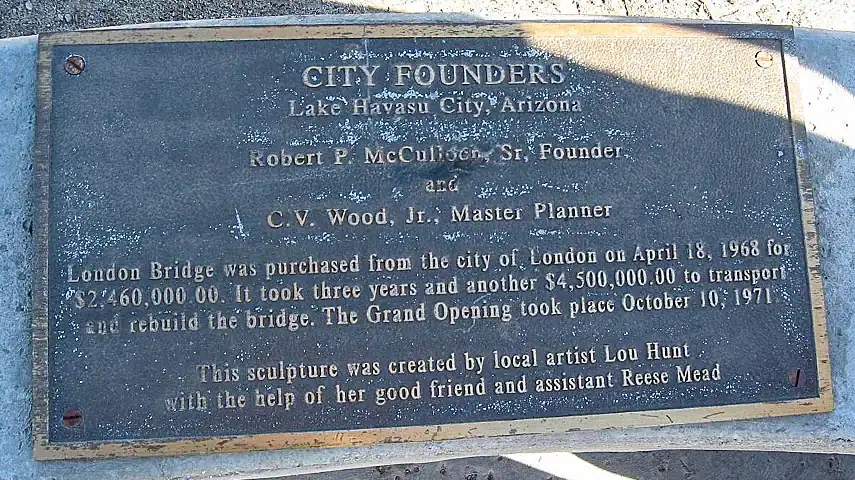 Photo: Ken Lund/Wikimedia Commons
Photo: Ken Lund/Wikimedia CommonsLondon Bridge today
The bridge proved to be a tremendous success and the town grew from a few hundred residents to over 10,000 a decade later. By 1975 the bridge was attracting nearly two million tourists a year, making it Arizona's second-most popular attraction after the Grand Canyon.
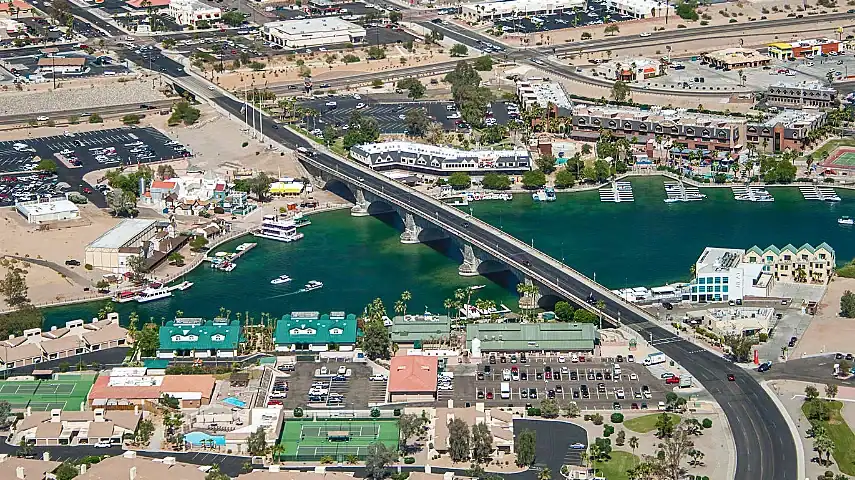 Photo: S Winkvist/Wikimedia Commons
Photo: S Winkvist/Wikimedia CommonsDid McCulloch really mistake it for Tower Bridge?
There's an urban legend that McCulloch believed he was buying the world-famous Tower Bridge instead of the rather plain-looking London Bridge, but this has always been denied by both McCulloch and the man who actually arranged the sale, Ivan Luckin.
 Photo: londondrum.com
Photo: londondrum.comThe London authorities marketed the bridge with a glossy 40-page brochure which made it perfectly obvious which one was for sale, and McCulloch was even pictured standing on top of it when he came over to sign the sale documents.

